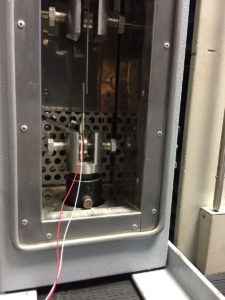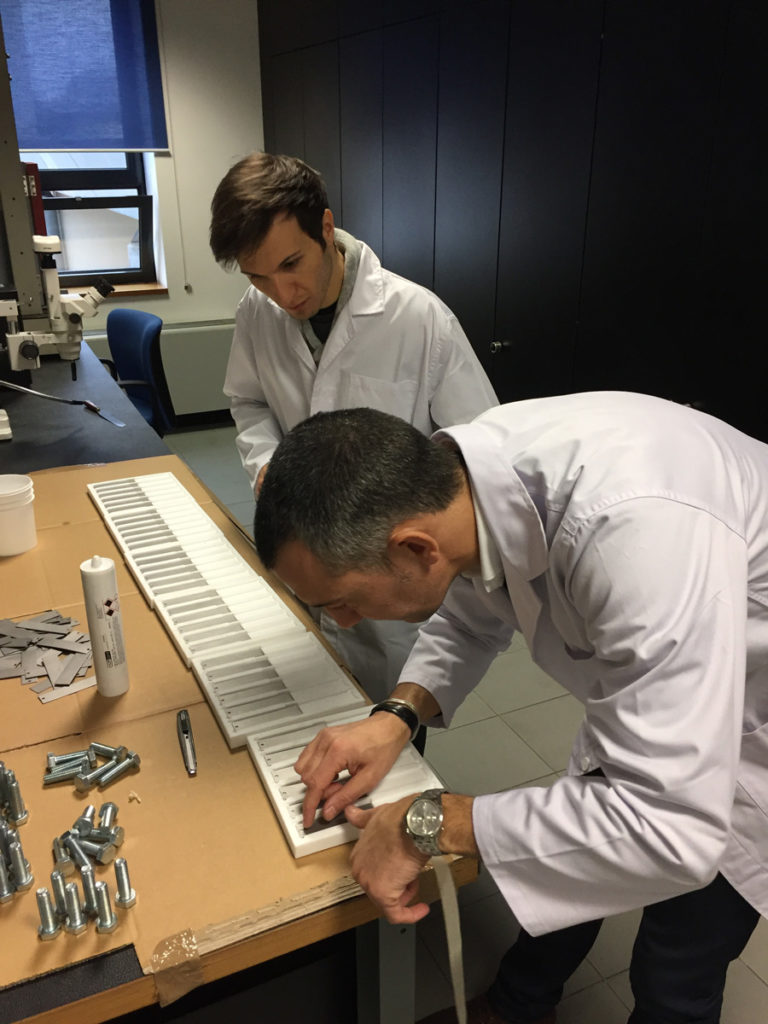A permanent magnet rotor is an important component within a Brushless motor/generator, but how can we be sure it is performing, assembled efficiently and able to withstand the mechanical stresses it will undergo during use?
We answer the first question in our lab, which guarantees the quality of the supplied magnets, but also verifies the flow produced by the rotor in rotation, to be sure the set is performing.

On assembly, we are the first ones, with Fox Mecc, to produce automatic assembly lines for permanent magnet rotors, including banding machines as additional mechanical protection.
But what products do you use to bond magnets to the rotor? What process do you use to make sure that the temperature required for the polymerisation of the adhesive does not damage the magnets?
To answer these questions, we took our MiottiBond adhesives and compared them to the leading products available on the market, subjecting them to lap-shear tests as per ISO 4587.
But Iron-on-Iron bonding tests might not be such a great representation of the customer’s problem! In fact, magnets often have galvanic coatings, which are difficult to bond because they are detachable (e.g. Nickel).
Therefore our study was divided into various comparative Iron-Iron and Iron-Coating tests to provide our customers with precise values to complete their project calculations. We also tested different combinations of temperature/firing times to consider the risk of magnets demagnetising during heating.

Today, we are confident that we can provide our customers with the best solution for their rotors, because our products are formulated and made specifically for bonding permanent magnets.
Contact us for more information – we will share the results of our studies and we will guide you to the product that best suits your project.
Meanwhile, to give you an idea of the size of the project, know that a point on the curve (MPA – °C) is given by the average of 6 tears – our dynamometer has exceeded 2,000 tears and is close to 2,500.
Since we’re dealing with products that must guarantee the functionality of your motors, it’s best to be safe!


